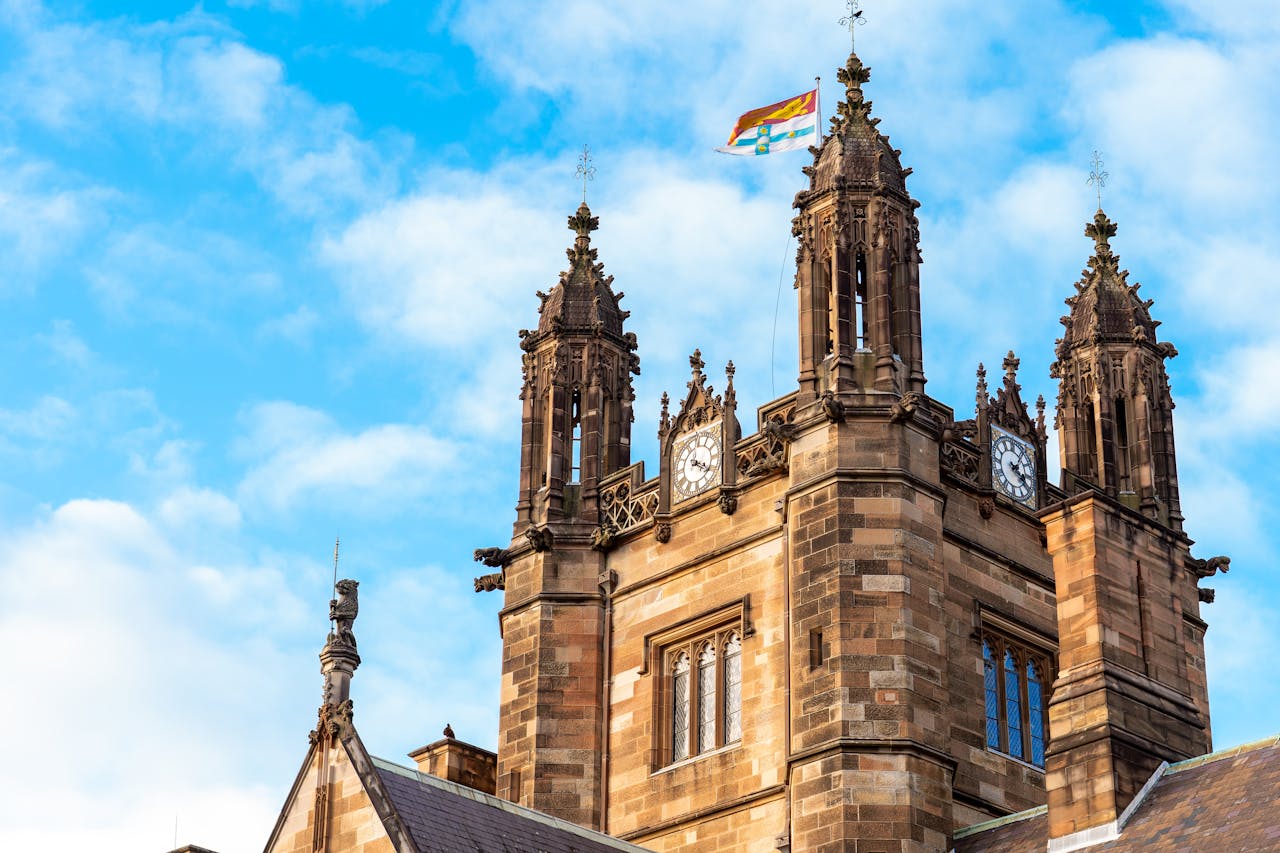The Evolution of Urban Planning
For decades, urban planning was a top-down process. City planners and developers sketched blueprints behind closed doors, relying on technical expertise but often overlooking the lived experiences of residents. Today, the rise of smart planning and design is flipping this script. Cities are no longer just concrete jungles imposed on people—they’re becoming living ecosystems shaped by people, powered by technology that amplifies their voices.
At the heart of this shift is citizen-centric design, a philosophy that treats residents not as passive recipients of urban infrastructure but as active collaborators. By integrating crowdsourcing tools, mobile apps, and participatory platforms, planners are bridging the gap between policy and community needs. This isn’t just about convenience—it’s about building cities that are resilient, inclusive, and truly reflective of the people who call them home.
How Crowdsourcing Transforms Traditional Planning
Imagine a neighborhood park redesign. Historically, planners might survey a handful of stakeholders or host a town hall meeting with limited attendance. But with crowdsourcing platforms like Commonplace or MindMixer, thousands of residents can share ideas, vote on designs, and flag potential issues in real time. These tools turn urban planning into a dynamic conversation, not a monologue.
In Barcelona, the city’s Decidim platform lets citizens propose and debate projects ranging from bike lanes to cultural festivals. Over 40,000 proposals have been submitted since 2016, with many shaping the city’s budget allocations. Similarly, Amsterdam’s Smart Citizen Kit equips residents with sensors to monitor air quality and noise pollution—data that directly informs zoning and traffic policies.
This approach doesn’t just improve outcomes; it builds trust. When people see their ideas reflected in playgrounds, transit routes, or green spaces, they feel invested in their city’s future.
The Tools Driving Citizen-Led Innovation
Mobile apps and digital platforms are the engines of modern participatory design. Take FixMyStreet, an app used in cities like London and Boston. Residents report potholes, broken streetlights, or unsafe sidewalks, creating a crowdsourced map of priorities that guides municipal repairs. In Seoul, the Voting app allows citizens to weigh in on urban policies via blockchain-secured polls, ensuring transparency.
But technology alone isn’t the answer. Successful smart planning and design blends digital tools with grassroots engagement. For example, Medellín, Colombia—once notorious for inequality—hosts “urban labs” where residents co-design solutions for their neighborhoods. These workshops feed into digital platforms, ensuring even offline communities shape the city’s trajectory.
Challenges and the Path Forward
While crowdsourcing democratizes planning, it’s not without hurdles. Not everyone has equal access to smartphones or reliable internet, risking the exclusion of marginalized groups. Cities like Helsinki address this by pairing digital tools with in-person kiosks and community ambassadors.
There’s also the risk of “participation fatigue.” Bombarding residents with endless surveys can lead to disengagement. The key is to design intuitive, rewarding experiences. Rotterdam’s City Swipe app gamifies feedback—users swipe left or right on urban design concepts, turning civic input into a quick, engaging activity.
Looking ahead, AI could refine crowdsourced data, identifying patterns in community feedback to predict needs. Imagine an algorithm that spots rising demand for EV charging stations or childcare centers before they become crises.
A Collaborative Future for Cities
The cities of tomorrow won’t be built by planners alone. They’ll be co-created by parents, students, entrepreneurs, and retirees—people who know their streets, parks, and markets intimately. Smart planning and design isn’t just about sensors and algorithms; it’s about harnessing collective wisdom to build spaces that work for everyone.
As we embrace this collaborative model, we’re not just designing cities. We’re designing communities.







